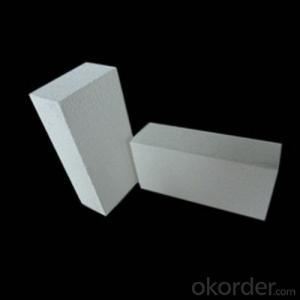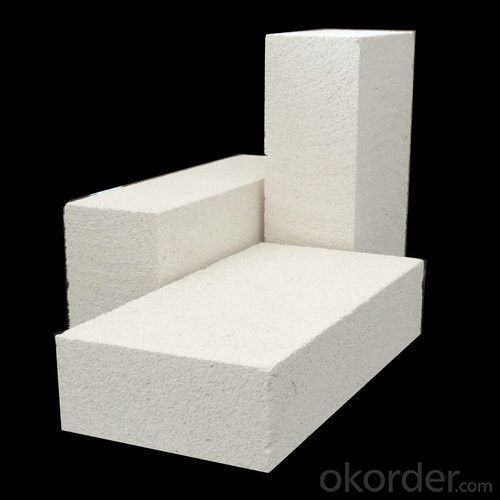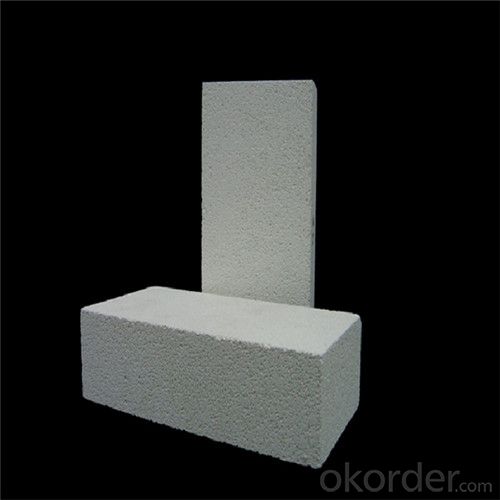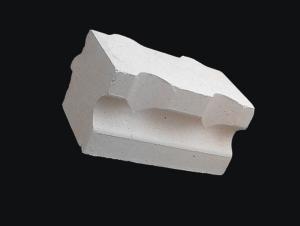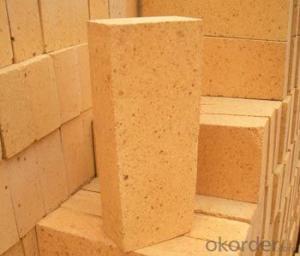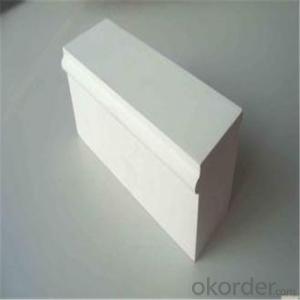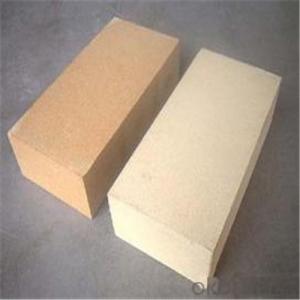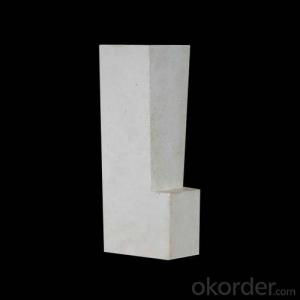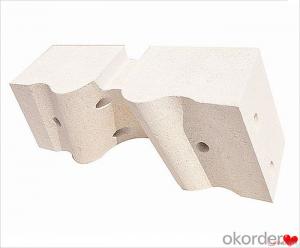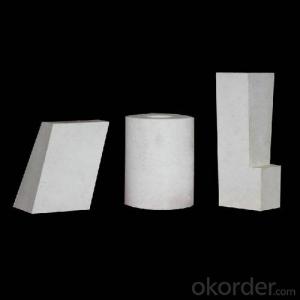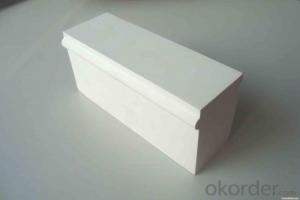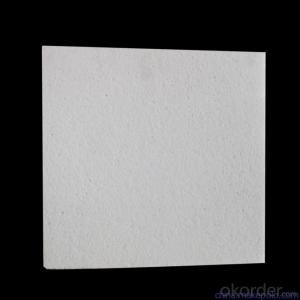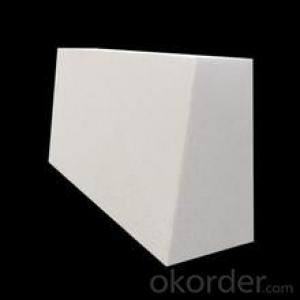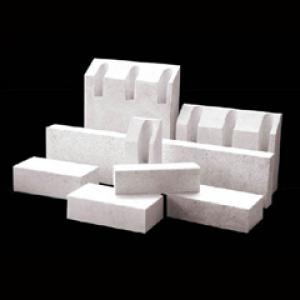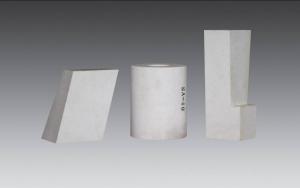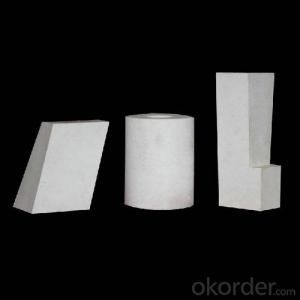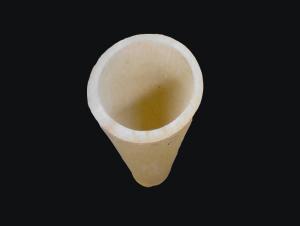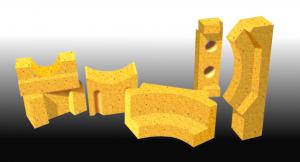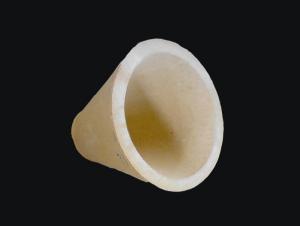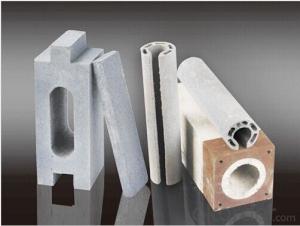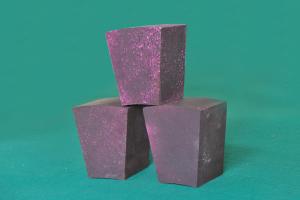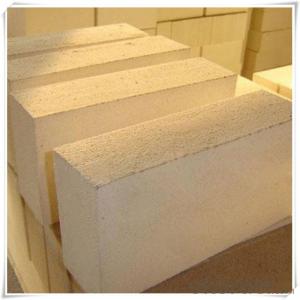Corundum Brick - High Temperature Refractory Corundum Mullite Brick
- Loading Port:
- Tianjin
- Payment Terms:
- TT OR LC
- Min Order Qty:
- 1 m.t.
- Supply Capability:
- 1000000 m.t./month
OKorder Service Pledge
OKorder Financial Service
You Might Also Like
General Information of Insulating Firebricks
CMAX insulating firebricks are classified under temperature between 1300℃ to 1700℃, manufactured from high purity alumina clay.
Application of Insulating Firebricks
CMAX insulating firebricks can be used as a hot face lining directly exposed to the heat or as a backup insulation layer in iron and steel mills, non-ferrous foundries, petrochemical, ceramic, glass.
Image of Insulating Firebricks
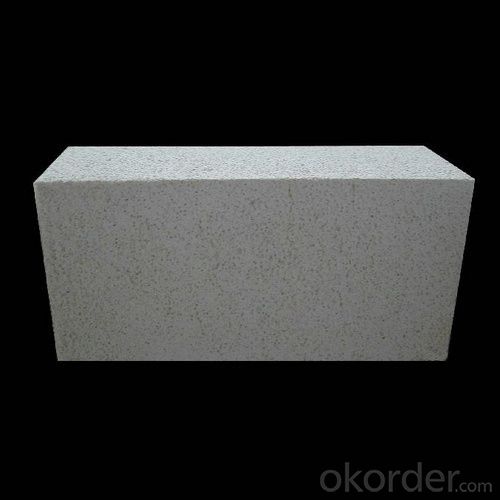
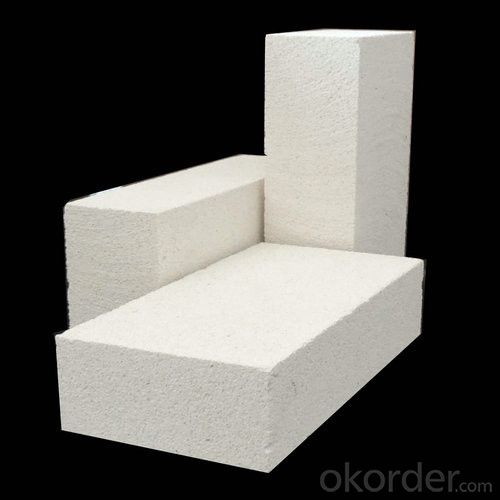
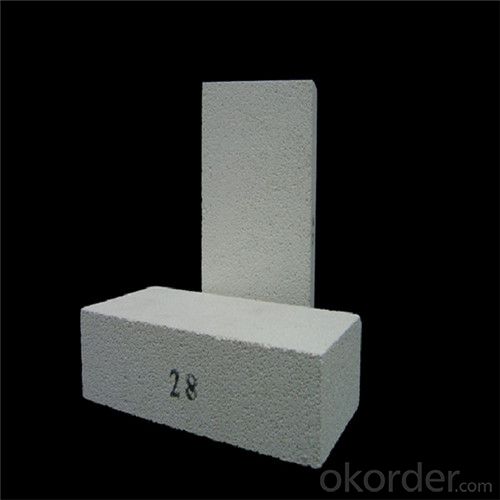
Technical Data of Insulating Firebricks
FAQ
Q3: Can you offer Door-to-Door delivery?
A3: Yes, but only for some countries such us U.S., UAE, Saudi Arabia, Iran, and Russia, etc.
Q4: What is the minimum quantity?
A4: There is no minimum order quantity. Depending on the item and processing, there may be a minimum production required, however we can offer a quotation based only on the quantity you need.
Q5: Can you give me a brief introduction of the application of your products?
A5: CNBM (China National Building Material) core refractory business comprises the production, sale and installation of high-grade refractory products, the development and implementation of customized system solutions as well as rendering outstanding services for the key industries in Glass, Iron& Steel, Petrochemical, Cement, Ceramic and Nonferrous Metals.
High Alumina Insulating Firebrick for Sale
- Q: What kind of fused corundum corundum brick should be used for each part of the glass furnace?
- In addition to AZS33# and AZS same co crystallization in vitro, 36#AZS due to the increase of chain like zirconia brick more crystals, while the glass phase content is low, so 36# AZS corrosion resistance has been further enhanced, so is suitable for the rapid flow of molten glass or high temperature region.AZS36 s is an excellent product in the AZS series. It has high resistance to glass liquid erosion and low pollution. It is usually used in the key parts of the glass furnace, such as the pool wall near the hot spot.
- Q: Application of electric high temperature regulating valve?
- Many kinds of refractory materials, usually by refractoriness level is divided into ordinary refractory materials (1580 to 1770 DEG C), advanced refractories (1770 to 2000 DEG C) and special refractories (more than 2000 DEG C); according to the chemical characteristics into acid refractory material, refractory materials and basic refractory materials. In addition, there are refractories for special occasions.
- Q: What is the main component of corundum?
- The name of corundum originates from India and is the name of mineralogy. There are three main variants of corundum Al2O3, which are alpha -Al2O3, beta -Al2O3 and gamma -Al2O3 respectively. Corundum is second only to diamond.
- Q: What material is used in an iron smelting furnace?
- In fact, refractory refractory ah is special ceramic frequently used AZS brick, corundum brick, magnesia chrome brick, silicon carbide, silicon nitride bonded silicon carbide, nitrides, silicides, sulfide, boride, carbide and other non oxide refractory materials; calcium oxide, chromium oxide, alumina, Magnesium Oxide, beryllium and other refractory materials.
- Q: Expansion ratio of lightweight corundum refractory bricks
- Light corundum refractory brick, because of its production methods and the introduction of different additives, there are certain differences in the content of Al2O3, just burn add general light corundum refractory brick and foam and gasification method cannot be made, the content of Al2O3 is generally not more than 99%, with alumina hollow ball manufacturing transfer are corundum brick with high content of Al2O3.
- Q: Can the PE sintering plate dust collector be suitable for dust removal in the coking plant?
- The sinter plate dust collector is also called plastic plate dust collector. The utility model has the advantages that the utility model can adapt to various complicated working conditions, the dust removal rate is 99.99%, the utility model has the advantages of long service life, stable operation, high temperature resistance, and the utility model is a leading dedusting equipment in china.
- Q: How do corundum bricks bind?
- Each refractory brick is provided with corresponding refractory mud, and corundum bricks are bonded with corundum mud.
- Q: Ask for help about the phase of refractory material
- Binding phase. The binding phase is the phase outside the main crystal phase or the main crystal phase and the sub crystalline phase. The binding phase can be made up of either a fine crystal or a glass phase or a composite of the two. Such as the combination of magnesia brick, magnesia chrome brick, magnesia brick and other basic refractories in phase is composed of crystal matrix; silica brick, clay brick is made of glass phase in the form. When the matrix is formed at high temperature, the liquid phase is low, and the viscosity of the liquid phase is low and the quantity is large, the production and properties of refractory products are essentially controlled by the substrate.
- Q: What is the difference between T3 refractory bricks and high alumina refractory bricks?
- The T3 in T3 refractory bricks refers to the model indicating that the refractory brick model is T-3, and that the corresponding T-3 model is 230*114*65 (mm)
- Q: What problems should we pay attention to in the use of fused zirconia corundum brick (fused zirconia corundum brick) in glass furnace?
- Casting, casting mouth often appear shrinkage, brick porosity more, the density is lower, so in the brick wall of glass melting, the shrinkage in the kiln direction, if the nozzle outward, when the brick to erosion is very thin, can cause leakage of liquid glass accident. When the flame space is used in the upper part of the bath furnace, the service life is long, and the glass liquid problem can not happen, so the casting mouth is used outwards, and the service life is prolonged.
Send your message to us
Corundum Brick - High Temperature Refractory Corundum Mullite Brick
- Loading Port:
- Tianjin
- Payment Terms:
- TT OR LC
- Min Order Qty:
- 1 m.t.
- Supply Capability:
- 1000000 m.t./month
OKorder Service Pledge
OKorder Financial Service
Similar products
Hot products
Hot Searches
Related keywords
